As I rummaged through my garage for a flashlight during an unexpected blackout last week, I realized how unprepared I truly was.
It got me thinking about emergency readiness and the items we often take for granted. Looking ahead to 2025, it’s becoming clear that certain survival essentials are likely to see significant price hikes.
A combination of supply chain disruptions, growing demand, and economic factors are driving these changes.
Join me as I share personal and researched insights on five key survival items you might want to stock up on before their costs skyrocket.
Seeds and Gardening Supplies
I’ll never forget the day I ate my first homegrown tomato. It sparked a realization that growing my own food wasn’t just a hobby – it was a vital survival skill.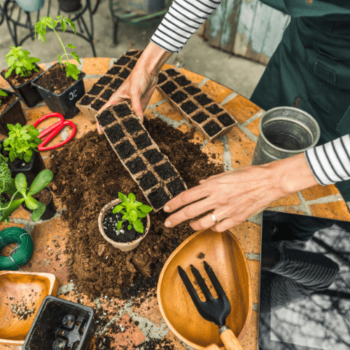
Why prices are sprouting up:
The surge in interest in home gardening isn’t just a pandemic fad. It’s a trend that’s taken root and shows no signs of wilting. I’ve noticed a few key trends lately. Supply chain disruptions are making it harder for seed producers to meet demand. One local nursery owner mentioned that their heirloom varieties are selling out before they even reach the shelves.
Extreme weather events are significantly impacting crop yields, making it increasingly challenging for seed companies to maintain consistent production levels. On top of this, the growing self-sufficiency movement has more people realizing the value of food security. As one homesteader wisely said, “Seeds are like insurance policies you can eat.”
Related: You Will Never Run Out Of Medicine If You Grow This
Price projection: Based on current trends, I wouldn’t be surprised to see a 30-50% increase in the cost of quality seeds and basic gardening tools by 2025.
My preferred alternatives include seed saving, where I harvest seeds from my best-producing plants. While it takes some effort, it’s been a big money-saver. I’ve also joined a local gardening group that hosts seed swaps, which is a fantastic way to diversify my seed collection without spending much.
For tools, a bit of creativity and salvaged materials go a long way—I even made a functional rake from an old fan and some scrap wood.
Focus on high-yield, nutrient-dense crops that store well. In my experience, things like potatoes, beans, and squash give you the most bang for your buck.
Water Filtration Equipment
After a nasty bout with giardia during a camping trip (trust me, you don’t want the details), I became borderline obsessive about water purification. And I’m not alone – the demand for water filtration systems has exploded in recent years.
Why prices are flowing upward:
Environmental concerns are growing, with news of contaminated water supplies making headlines and prompting more people to take control of their water quality.
At the same time, technological advancements in filtration are offering new solutions, though many come with a steep price tag. Additionally, shortages in raw materials like activated carbon are adding pressure to the availability of essential filtration components.
Related: This Is How Much Water You Actually Need
Price projection: I’m anticipating a 40-60% jump in prices for high-quality water filters and purification systems by 2025.
My favorite budget-friendly approaches:
DIY filters have proven to be highly effective, especially with homemade bio-sand filters. While they may not offer the same convenience as store-bought models, they are extremely cost-efficient.
To further ensure water purity, I use multiple purification methods, such as boiling, chemical treatments, and filtration. This layered approach allows for more affordable solutions at each stage of the process.
If taking care of your water stockpile sounds like too much work, you can always try this DIY backpack-sized water generator.
Solar Power Equipment
I’ll never forget the week-long power outage after that massive ice storm hit our area. It was a wake-up call that sent me scrambling for alternative energy sources. Now, my modest solar setup feels like a superpower during blackouts.
Why prices are shooting for the stars:
The surge in green energy isn’t just about environmental sustainability—it’s also causing a supply crunch for solar components. While more efficient solar technology is becoming available, the cost is often steep.
Related: Modular Backyard Power Plant Review
Additionally, solar installers are facing challenges in sourcing essential materials like polysilicon, making it harder to meet growing demand.
Price projection: Based on industry trends and my own market watching, I’m bracing for a 35-55% increase in solar power equipment costs by 2025.
My budget-friendly solar hacks:
Start small by beginning with a single solar panel and gradually expanding your setup, which makes the process more affordable and allows for hands-on learning. DIY installations can also save a significant amount of money—after taking an online course, I was able to install my own system.
Additionally, used equipment, like second-hand panels from homeowners upgrading their systems, can be a budget-friendly option. Just make sure to test the equipment before purchasing.
First Aid Supplies
As someone who’s patched up everything from minor scrapes to a nasty chainsaw accident (don’t ask), I can’t stress enough the importance of a well-stocked first aid kit.
Why prices are bandaging up:
Healthcare costs are climbing, driving up the price of first aid supplies as well. Increased demand, with more people assembling home medical kits, is putting additional pressure on the supply chain.
This, combined with ongoing supply chain issues, is leading to more frequent shortages of essential medications and medical supplies.
Price projection: I’m expecting a 25-40% increase in comprehensive first aid kit prices by 2025.
My strategies for affordable medical preparedness:
Building your own kit piece by piece can often be more cost-effective than buying pre-made versions. For essentials like bandages and antiseptic wipes, bulk purchases can significantly cut costs.
Additionally, learning first aid skills reduces your dependence on specialized equipment. Taking a few courses can prove invaluable in managing medical needs with fewer resources.
Non-perishable Food
My pantry used to be a joke – a few cans of soup and some stale crackers. Now, it’s a point of pride. After experiencing supply chain disruptions firsthand, I’ve become somewhat of a food storage enthusiast.
Why prices are climbing the shelf:
Agricultural challenges are impacting crop yields globally. At the same time, rising fuel prices are driving up transportation costs, making food distribution more expensive. Additionally, even basic materials like aluminum for packaging are facing shortages, adding further strain to the food supply chain.
Price projection: I’m anticipating a 20-30% increase in the cost of quality non-perishable foods by 2025.
My favorite food storage strategies:
Buying in bulk has led to significant savings, especially on staples like rice and beans. Learning to can surplus produce from the garden is time-consuming but incredibly cost-effective.
Additionally, exploring freeze-dried options can be a wise investment; while they may be pricier upfront, their long shelf life makes them economical in the long run.
Related: This Common Mistake Can Ruin Your Entire Food Stockpile
Don’t just store it and forget it. I incorporate my stored foods into my regular meal rotation. It keeps everything fresh and helps me learn how to use these items effectively.
As we move towards 2025, the writing on the wall says that key survival items are going to get pricier. But here’s the silver lining—you don’t have to wait for prices to skyrocket to start preparing.
My journey into preparedness wasn’t born from paranoia but from a desire for self-reliance and peace of mind.
Each item I’ve added to my kit, and each skill I’ve learned, has been a step towards feeling more secure in an uncertain world. And hey, even if the only “disaster” you face is a power outage during movie night, you’ll be the hero with your solar charger and homemade snacks!
The ONLY Foods You Need to Stockpile (Video)
20 Grandma’s Depression Foods We Will Need Soon
Ingenious Projects for Endless Hot Water Without Electricity

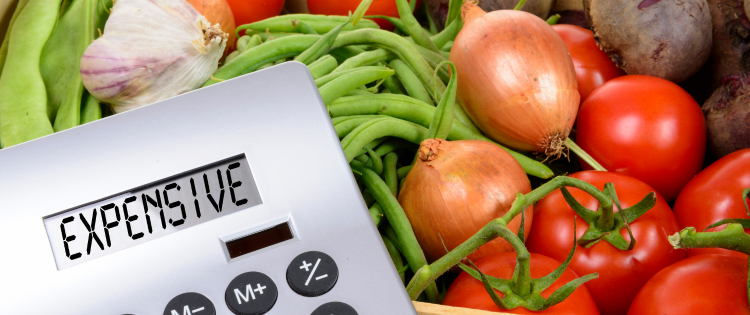
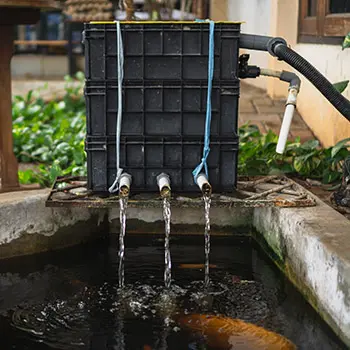

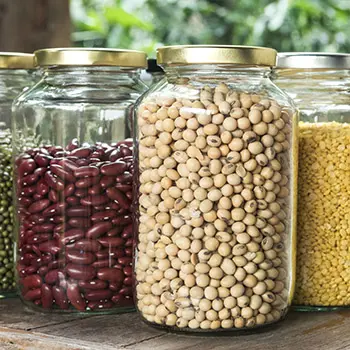


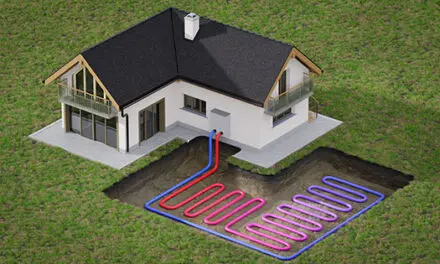

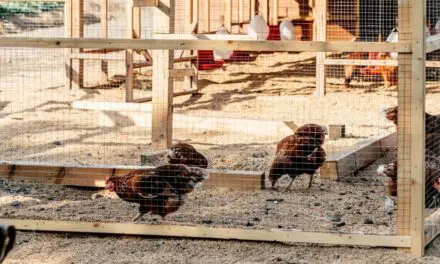
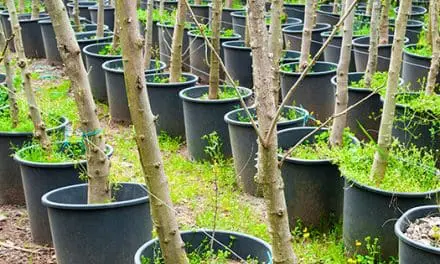












You mentioned taking an online course for solar power before putting in your solar power system. Would you share information about the course, so that others could gain that experience and confidence? I thank you for this article…made me realize that, even though I do save seeds and engage in a seed swap, I don’t have some particular seeds (no eggplant!) or seeds that are appropriate for my growing area, so to the catalogs I am going!